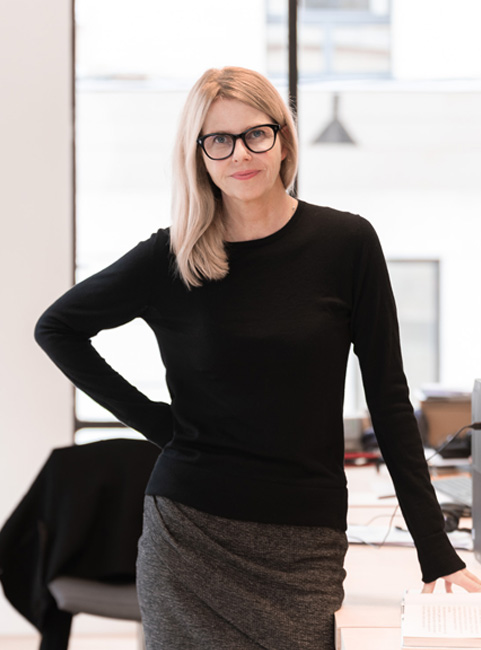More content
Sport and Leisure

The location: the Île Seguin, an island in the Seine close to Paris and until 1992 home to a Renault car plant. The brief: to create at one end of the island an urban sculpture, visible from afar, which would reveal its true identity – a hotel – only on closer inspection. It had to provide an architectural response both to the neighbouring buildings on the island and to the wider urban environment on either side of the river, and to create a unique experience to match its unique location – through spectacular views, a south-facing terrace, a roof-top bar and spa, and by making as much of the Seine as possible.


The master plan for the whole island, including the cultural provision at either end, was developed by Jean Nouvel. We have integrated our Art Hotel into the south-eastern tip of the island alongside a cultural project designed by RCR Architectes.
Anne Speicher
Designed to give the impression of a hotel in motion, its silhouette sweeping gently skywards at the island’s prow, the playful structural interpretation of the building creates an exceptional architectural ensemble that succeeds both in blending into its surroundings and forming a landmark structure.
Ribbon-like reflections of sky and water
The facades' ribbon-like strips echoing the waters of the River Seine. Deep enough to allow passive light management for the entire building, it has no sun-screening system to spoil the visual effect.
Open and permeable: a window onto the world
Open on all sides, the ground floor provides a public zone connecting hotel lobby, café, restaurant and business and creates an easy-to-access, permeable space with a range of potential uses. The hotel itself acts as a showcase in every sense of the word. In the guestrooms, the beds are placed in relation to the picture windows so that the surrounding cityscape forms a living backdrop. Art also plays an important role, all the rooms containing original works by contemporary artists.
The building design follows a functional space allocation plan based on economy of space, modularity and openness. The intelligent use of space is evidenced by the generous proportions of the rooms and suites; the ingenious configuration of the load-bearing structure permits the modular distribution of space and accommodates future changes of use; openness is achieved by the outward facing wings of the building, which allow light to enter and open up broad vistas.
Spa and bar: a shining light on the roof of the hotel
The building is topped by an emblematic structure known as the “lantern’, its exterior made of shimmering metal. Evoking the deck of an ocean steamer, it features a panoramic bar and spa with roof pool and opens out onto a large, landscaped terrace.
